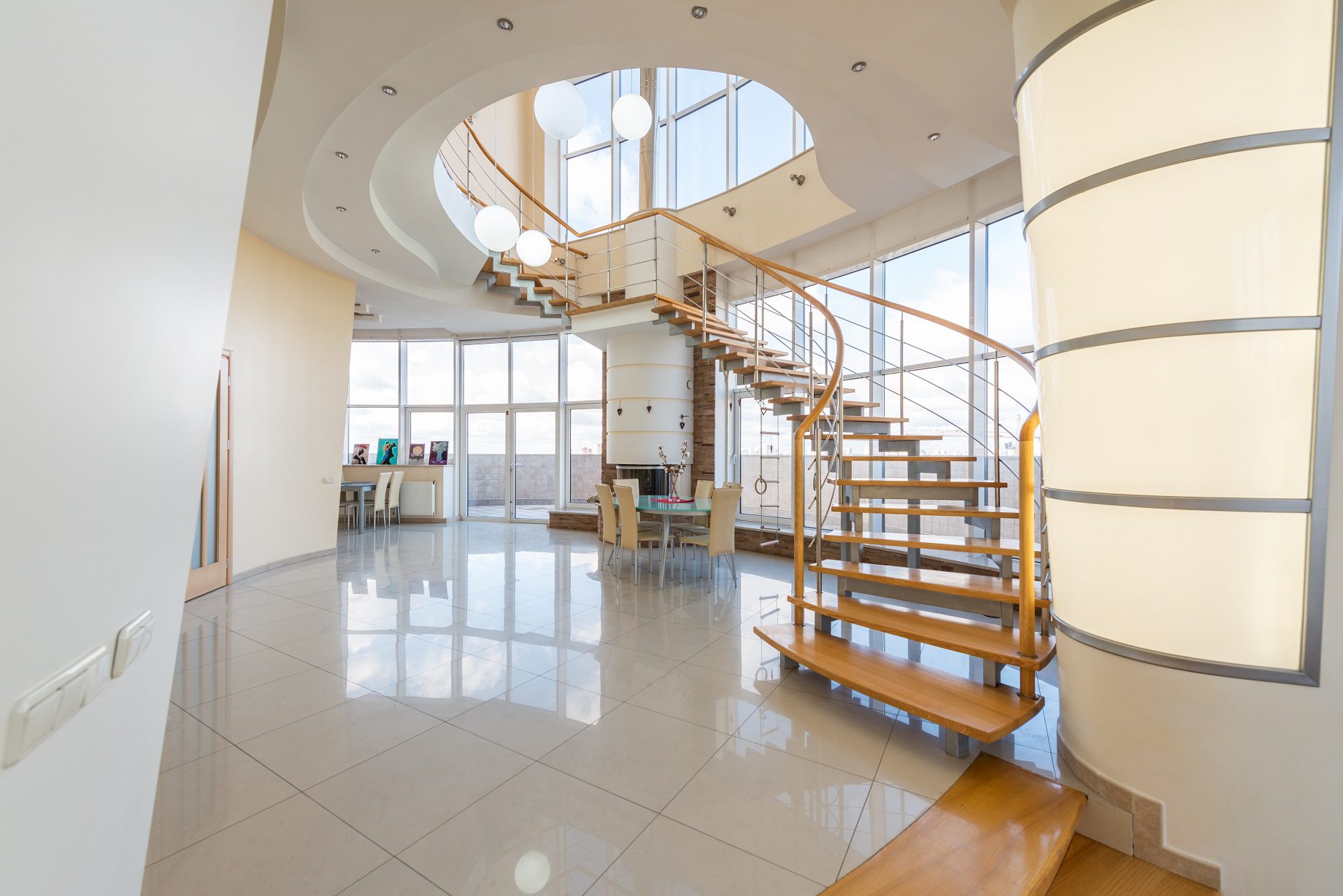
Have you ever imagined owning a dream home in an area experiencing persistent, blistering heat, or perhaps a neighborhood that regularly faces heavy flooding and hurricane damage? Unlikely, right? Yet, contrary to common expectations, a significant number of Americans are choosing to settle in ZIP codes with high susceptibility to wildfires, heat, drought, and floods. This surprising trend has been highlighted in a recent study by Redfin, a renowned online real estate brokerage firm.
Rising Migration to Disaster-Prone Counties
Remarkably, flood-prone counties in the US saw a net influx of nearly 400,000 individuals in 2021 and 2022, a staggering 103% increase from the previous two years. Additionally, counties at high wildfire risk witnessed a net migration of 446,000 more individuals than those who moved out during the last two years, a 51% surge from 2019 and 2020. Counties with high heat risks reported a net influx of 629,000 people, marking a 17% increase.
Climate Risk and Homebuyer Decisions
The study reveals that homebuyers’ decisions aren’t influenced by a lack of concern about climate risks. Instead, affordability tends to be a paramount consideration, overshadowing other factors. The shift towards remote work, coupled with low mortgage rates and high home prices in many major metropolitan areas during the Covid-19 pandemic, has led many Americans to relocate to areas that have been experiencing more severe weather.
Popular relocation destinations like Florida, Arizona, Utah, and California’s Inland Empire offer cheaper land costs for builders and, in some cases, lax building codes, which result in lower new-home prices. However, Redfin’s separate analysis revealed a higher climate risk associated with these new homes. About 55% of homes built in this decade face wildfire risk and 45% face drought risk.
Exceptions to the Rule
The overall trend of migration to high-risk areas does have exceptions. Louisiana, known for its hurricane vulnerability, and Paradise, California, the site of the devastating 2018 Camp Fire, both experienced a net outflow of residents. This suggests that there might be a threshold of tolerance for disaster risks.
Long-Term Consequences: Impact on Property Values
Regardless of whether homebuyers consider long-term considerations, the future will inevitably catch up with them and their property values. The report warns that homeowners in disaster-prone areas might witness their property values grow at a slower-than-expected pace as natural disasters intensify, and insurance becomes costlier and harder to secure. In high-flood-risk counties, property appreciation rates will likely be 5.4% slower than average by 2040, 4.8% slower in high-heat-risk counties, and 3.6% slower in fire-vulnerable counties, as per forecasts by analytics firm Climate Alpha.
